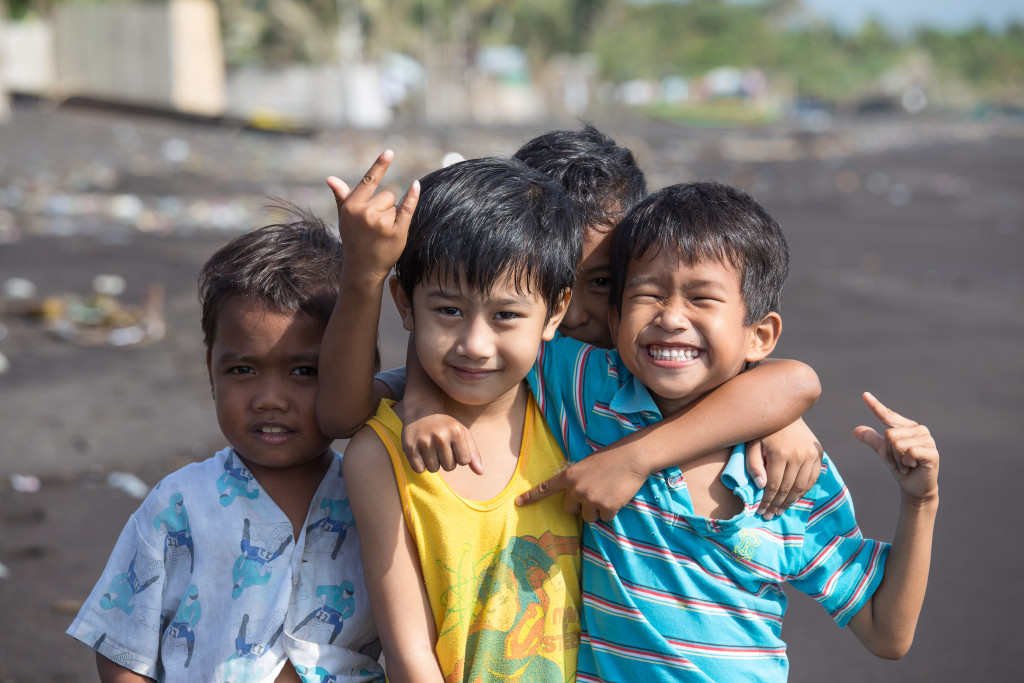Growing up is hard enough, but growing up in a struggling community comes with unique challenges. Contaminated water, bad air quality, and lead poisoning are just some health hazards children in these communities face daily. Here’s a closer look at each of these hazards and more, and what can be done to mitigate them:
Bad air quality
Bad air quality is a serious health hazard for children living in struggling communities. Children are especially vulnerable to the effects of air pollution because their bodies are still developing. Air pollution can cause various health problems, including respiratory infections, asthma, and cognitive delays. In fact, studies have shown that children who live in areas with high levels of air pollution are more likely to experience difficulties in school and are more likely to grow up to be less healthy adults.
Several factors contribute to poor air quality in struggling communities. Lack of access to clean energy sources, such as renewable energy, means that residents must rely on dirty energy sources that release harmful pollutants into the air. In addition, poor waste management practices lead to open dumping and burning of trash, which also releases pollutants into the air. And finally, industrial facilities located near struggling communities often release harmful chemicals and toxins into the air, exposing residents to even more health risks.
Reducing exposure to polluted air is essential for protecting children’s health in struggling communities. Parents can help by ensuring that their homes are well-ventilated and keeping windows and doors closed when air quality is poor. In addition, parents should avoid letting their children play outside when air quality is low. Finally, parents should advocate for cleaner energy sources and better waste management practices in their community to help reduce overall exposure to harmful pollutants.
Contaminated water

Many children living in struggling communities are exposed to contaminated water daily. This water may contain harmful bacteria, viruses, and chemicals that can make people severely ill. In some cases, it can even lead to death. Children are particularly vulnerable to the effects of contaminated water because their immune systems are not yet fully developed. As a result, they are more likely to get sick and have difficulty recovering. Even if they recover, contaminated water can still affect their health.
To protect children from these dangers, parents must first identify if the water they’re drinking is unclean. They can do this by using a water test kit. This kit allows you to test your water for common contaminants, including lead, bacteria, and pesticides. If any of these tests come back positive, parents should work with their local government or utility company to get the water properly treated. In addition, they can install a water filter in their home to help further purify the drinking water that is available to them.
Lead poisoning
Lead poisoning is a serious health hazard for children living in struggling communities. This is because lead, found in old paint and contaminated water pipes, is highly toxic and can cause severe health problems over time. In fact, exposure to even small amounts of lead has been linked to delayed mental development in young children.
There are several steps that parents can take to protect against the effects of lead poisoning. First, they should test paint and water for lead contamination and use tools like water filters or lead-blocking paint when available. Second, they should work with their local government and health provider to devise a plan to prevent lead poisoning. This may include removing old paint from their home or limiting exposure to other lead sources in their community.
Unclean food
Children living in struggling communities are also often exposed to unsafe chemicals, bacteria, and other contaminants while preparing and consuming food. This can lead to many health problems, including stomach issues, diarrhea, and even death.
There are several steps parents can take to minimize their child’s exposure to harmful contaminants during mealtime. For example, they can purchase fruits and vegetables from local markets that have been properly washed and inspected to remove dirt and bacteria. They can also take steps to ensure that their food is well cooked, such as by using a meat thermometer or checking for doneness with the touch method. Finally, parents should be aware of unsafe practices in their local community that could increase the risk of contaminated food, such as poor sanitation measures or unsafe agricultural practices.
Children living in struggling communities face several health hazards that children growing up in more affluent areas simply don’t have to deal with. From contaminated water to unclean food, these hazards take a toll on vulnerable children’s physical and mental health. By working with local government and community leaders to identify and address these hazards, parents can help protect their children against the negative effects of living in a struggling community.

